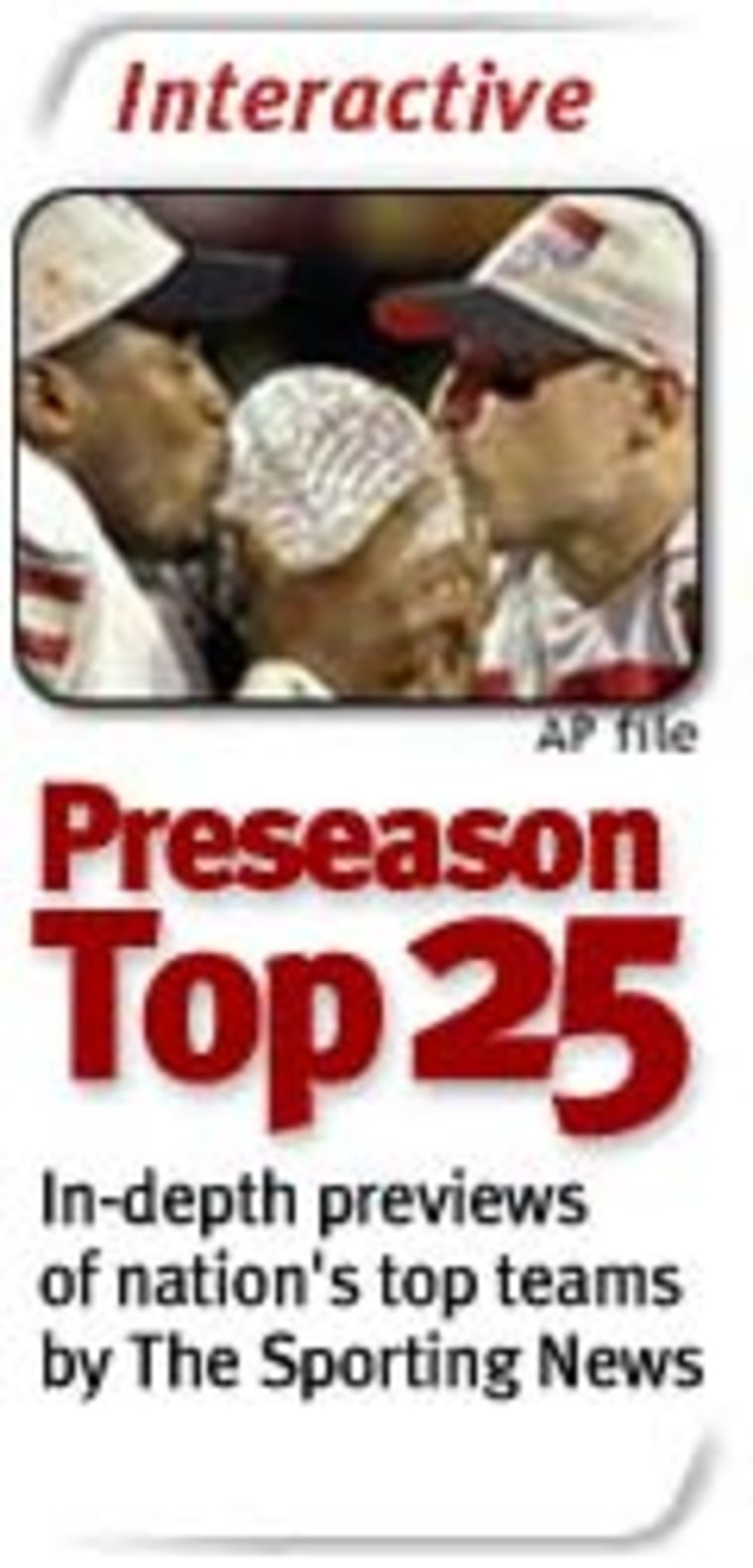The start of the college football season is just around the corner — the time of year when many of the nation’s top athletic programs begin their charge for the national championship. But at what price?
A NEW REPORT RELEASED this month from the National Collegiate Athletic Association says schools continue to spend big bucks on sports — an investment that often doesn’t pay off.
The two-year study, billed by the NCAA as the most comprehensive of its kind, says spending more on sports brings little reward on the gridiron or a school’s bottom line.
The team of independent economists, commissioned by the NCAA to look at Division I-A athletics — the nation’s top programs — found that between 1993 and 2001, college sports was basically a break-even business. Also revealing is that even big schools aren’t always better.

“We found that additional expenditures does not increase the net revenue — for every dollar spent on men’s basketball — in Division I — you can expect one dollar back. That is to say a rate of return of zero,” said Dr. Myles Brand, NCAA President
Though Ohio State won last year’s college football national champion game the school’s athletic department saw profits fall to $2.5 million — the lowest level in three years.
At the same time, the school’s athletic expenses rose 25 percent and the Buckeyes are hardly the only one spending big bucks on sports.
Athletic operating expenses in Division 1 rose 62 percent from 1996 through 2001, but total university spending increased only 39 percent.
And of the 117 Division 1-A Programs, 40 percent reported a profit.
However, without state and local help, only six percent actually made money.
Dr. Brand says the NCAA’s study will cause schools to be more fiscally responsible.

“It’s hard to change these behaviors, it’s hard to change these myths,” he said. “People believe that spending more will result in more winning or more money — it’s hard to change but once the data becomes known, rationality will win and we’ll be able to contain some of the irrational expenditures.”
Some observers are less sanguine. The NCAA report “actually is more optimistic than the reality,” said Andy Zimbalist, a sports economist at Smith College. “Out of the 320 schools in Division I, you’ve got a handful of schools who are very successful, and they would have a positive bottom line. But all of the rest of the schools don’t, so everybody else is going after the holy grail — they want to be one of those schools. Frankly, it’s irrational.”
Zimbalist also says the report leaves out key figures, such as the amount of money spent on what many critics term the collegiate “arms race” — the building of new stadiums and arenas.
“Most of these large new arenas that are being built, the large football stadiums and the training facilities which costs tens of millions of dollars — if not hundreds of millions of dollars — don’t get consistently included in the database as the costs of running these athletic programs,” Zimbalist said. “It leaves a rather large question about how much this report can faithfully analyze the true financial situation in these schools.”
The report stops short of declaring that spending is totally out of control, though many say it is not far off.